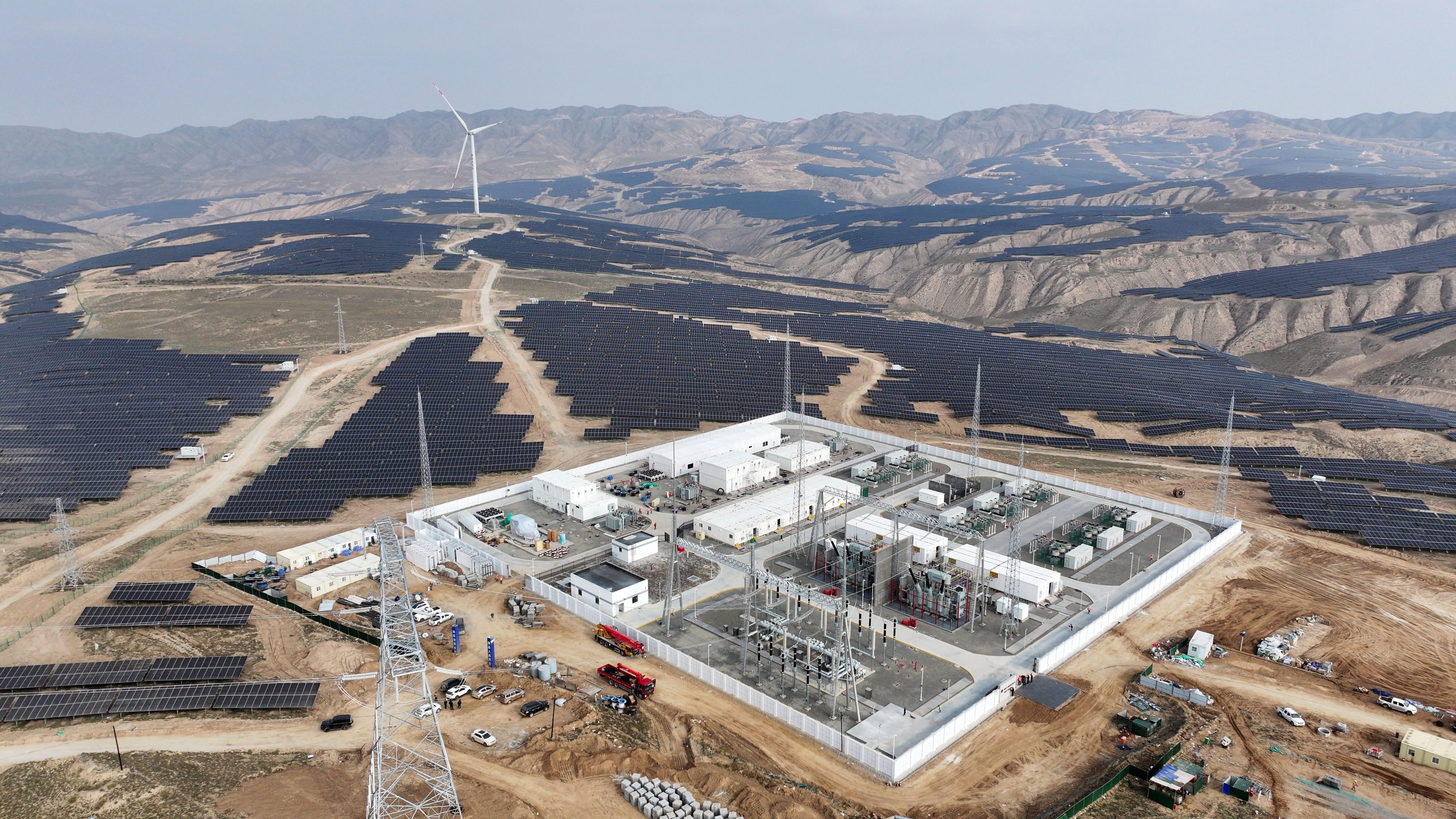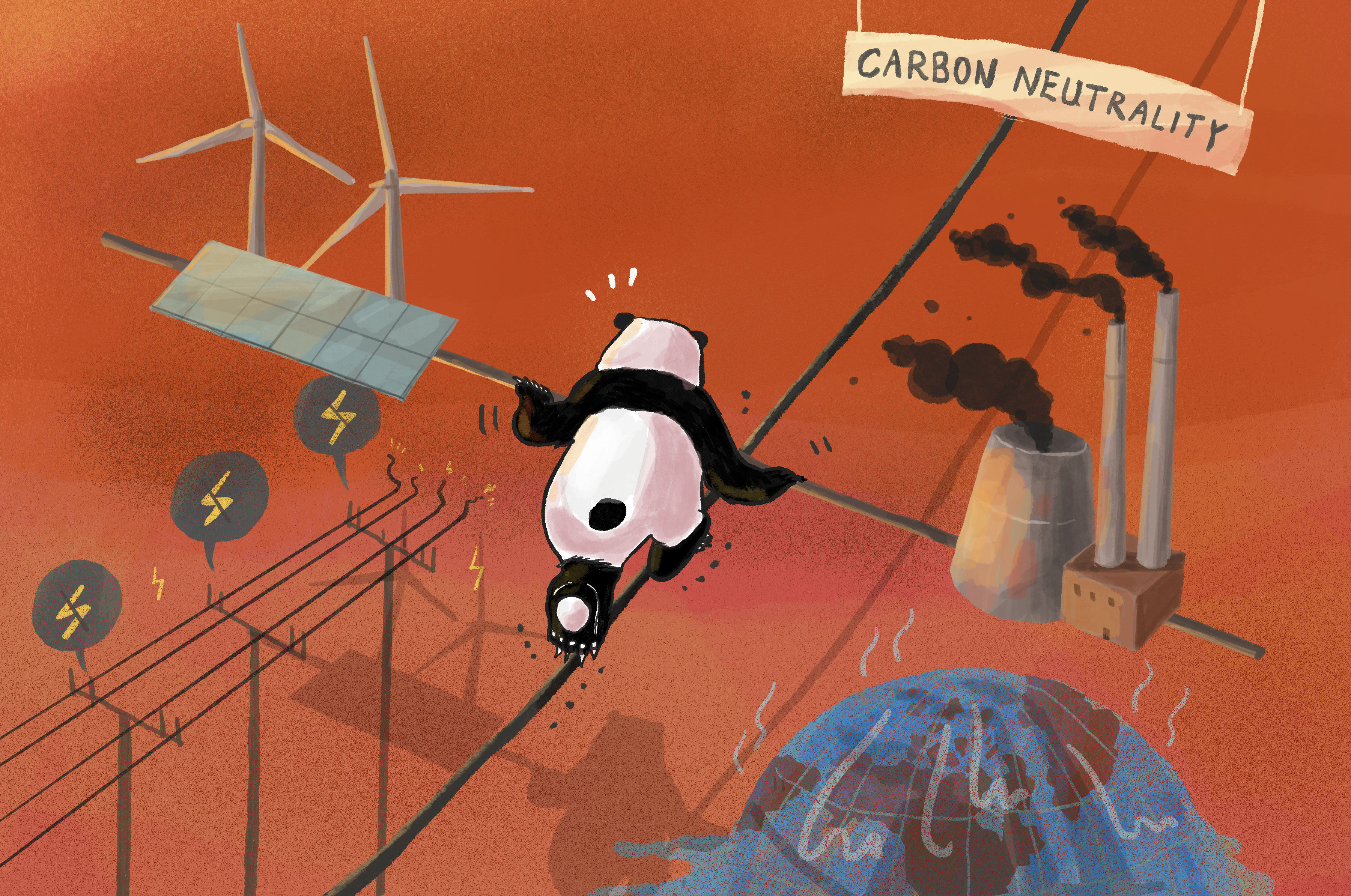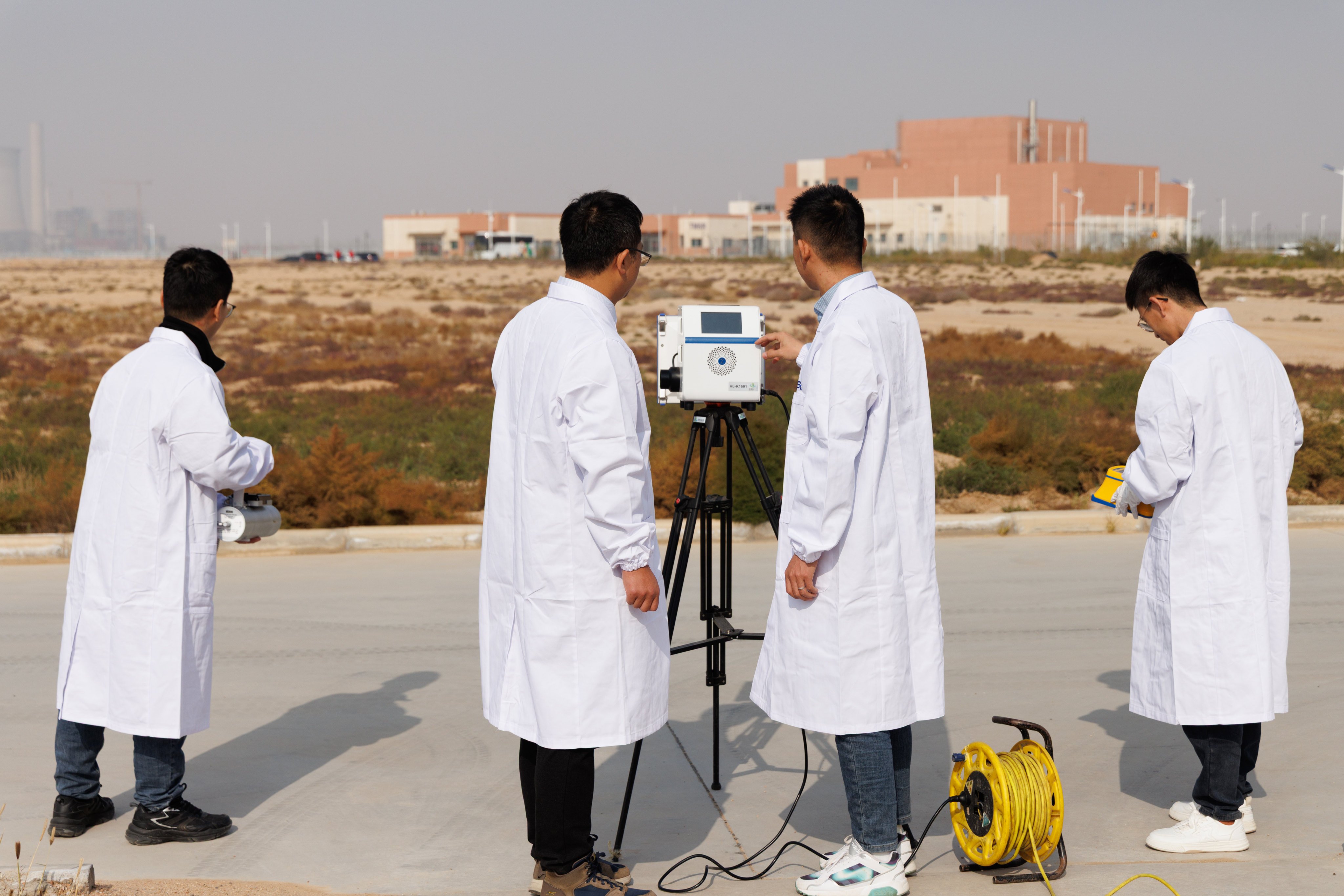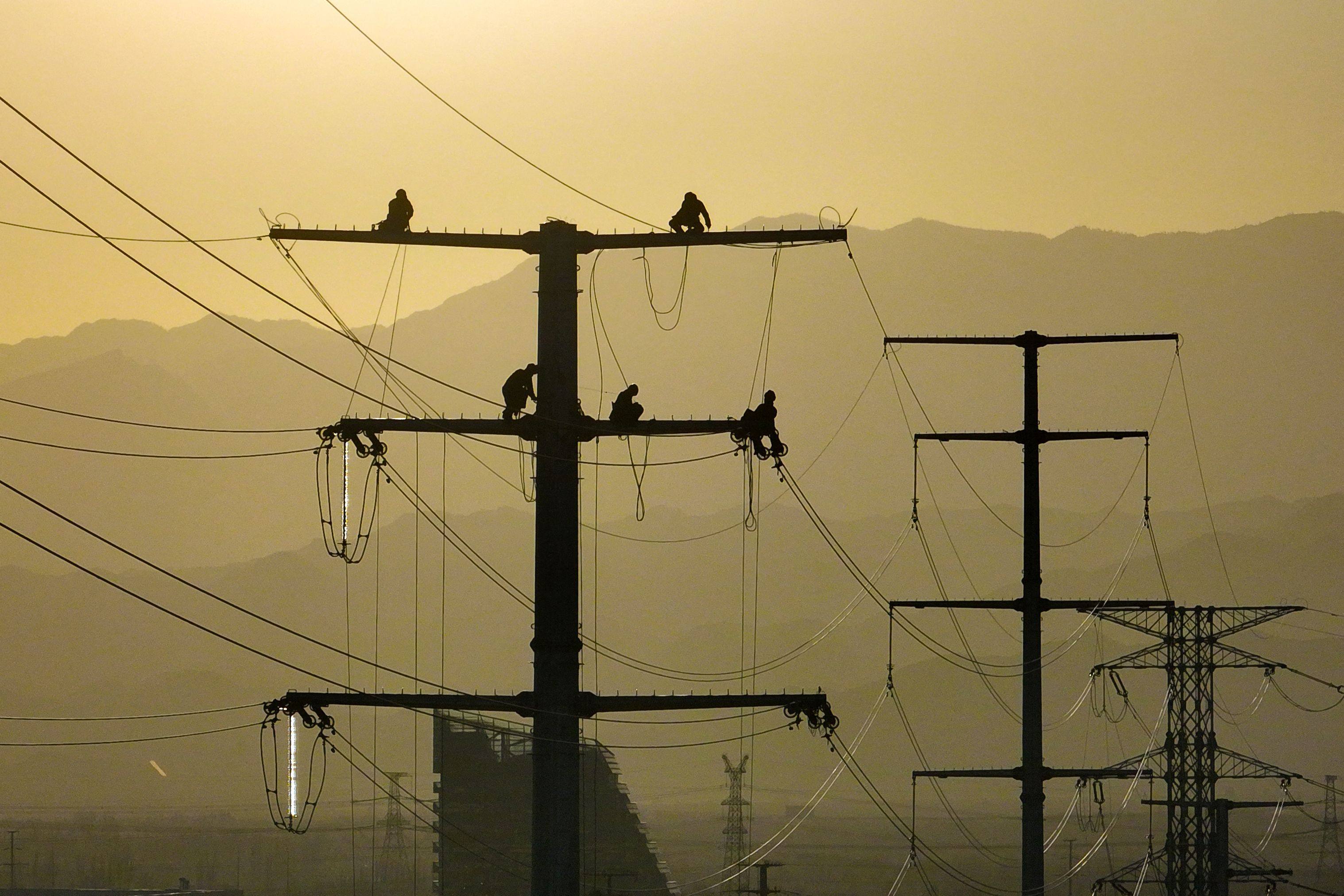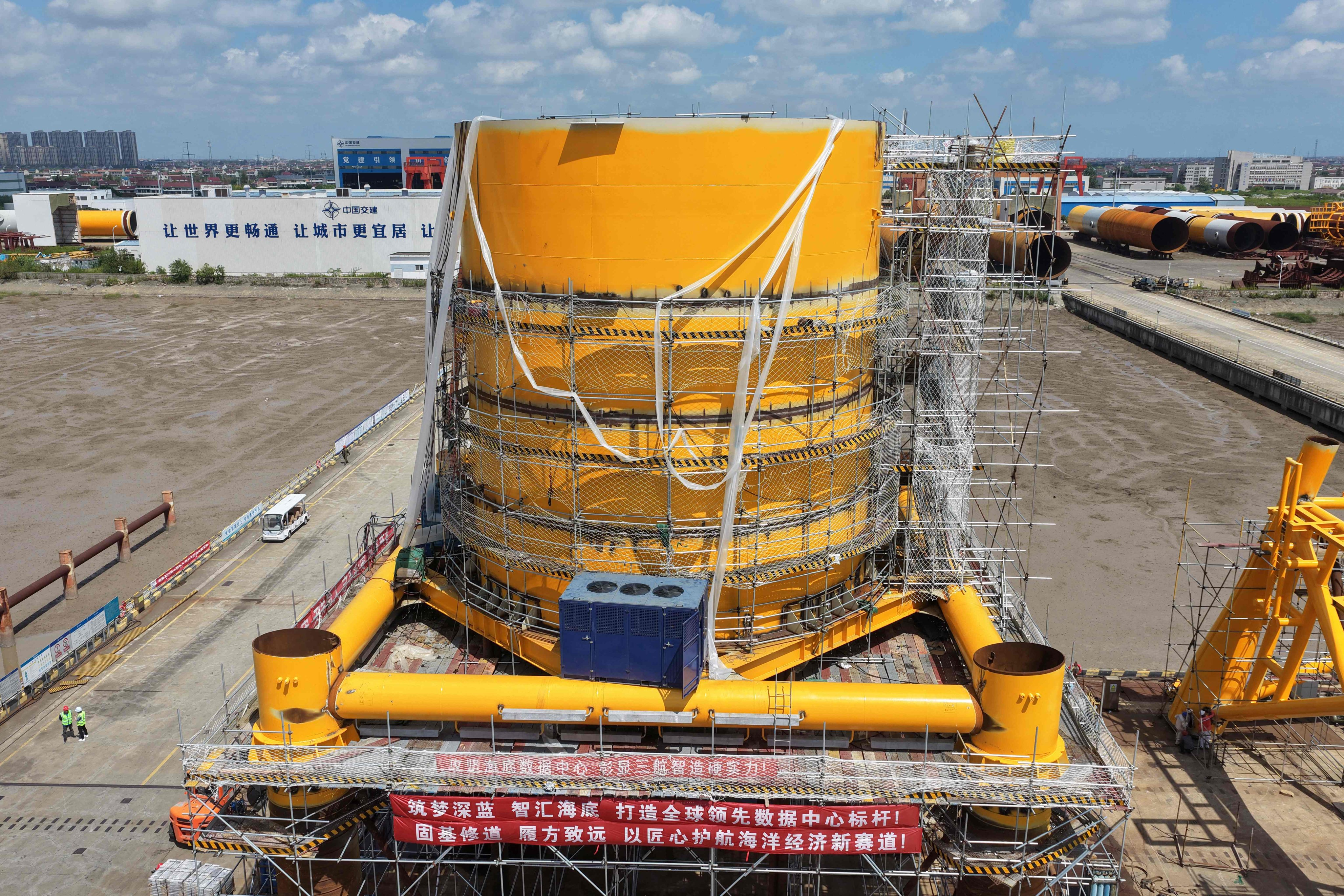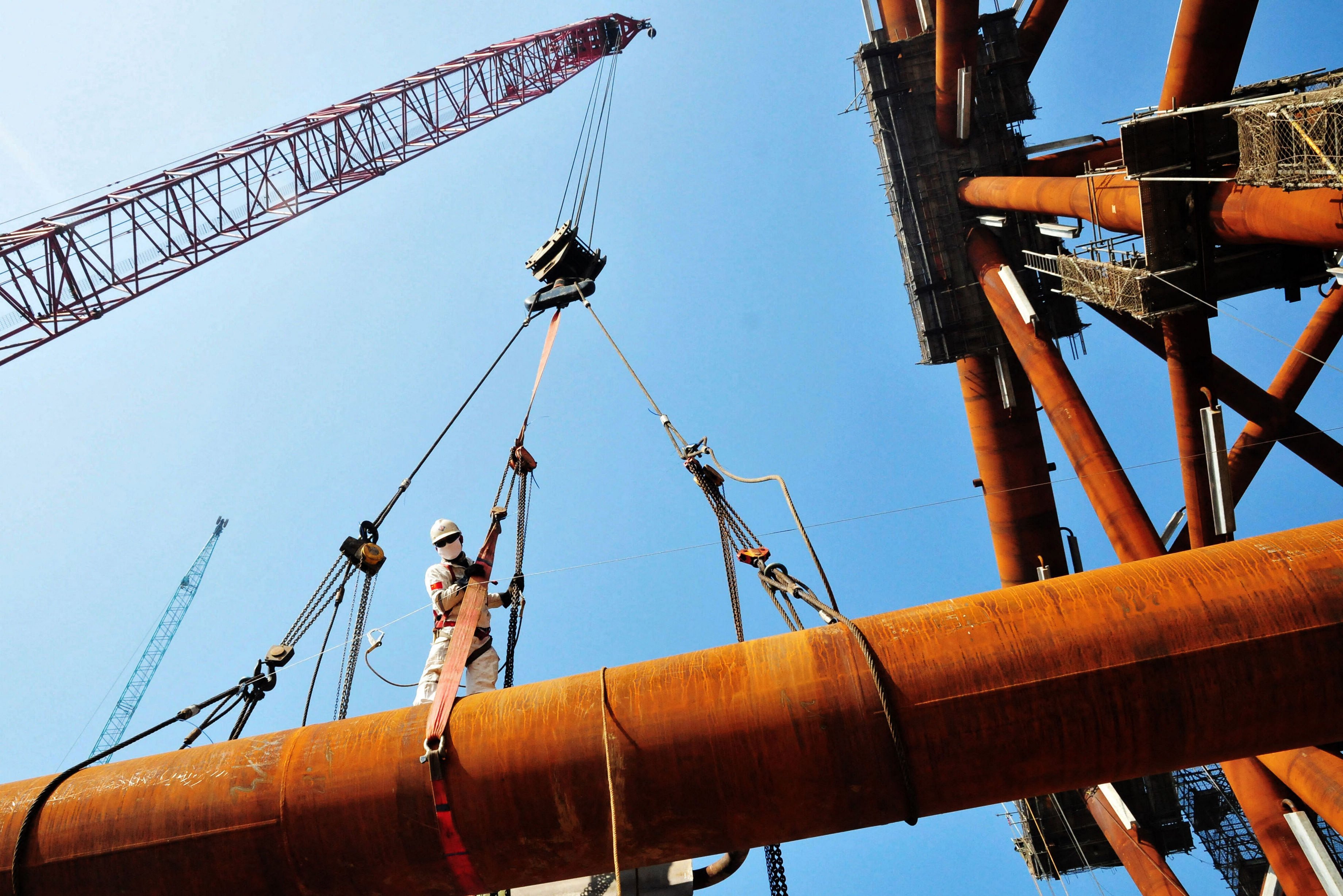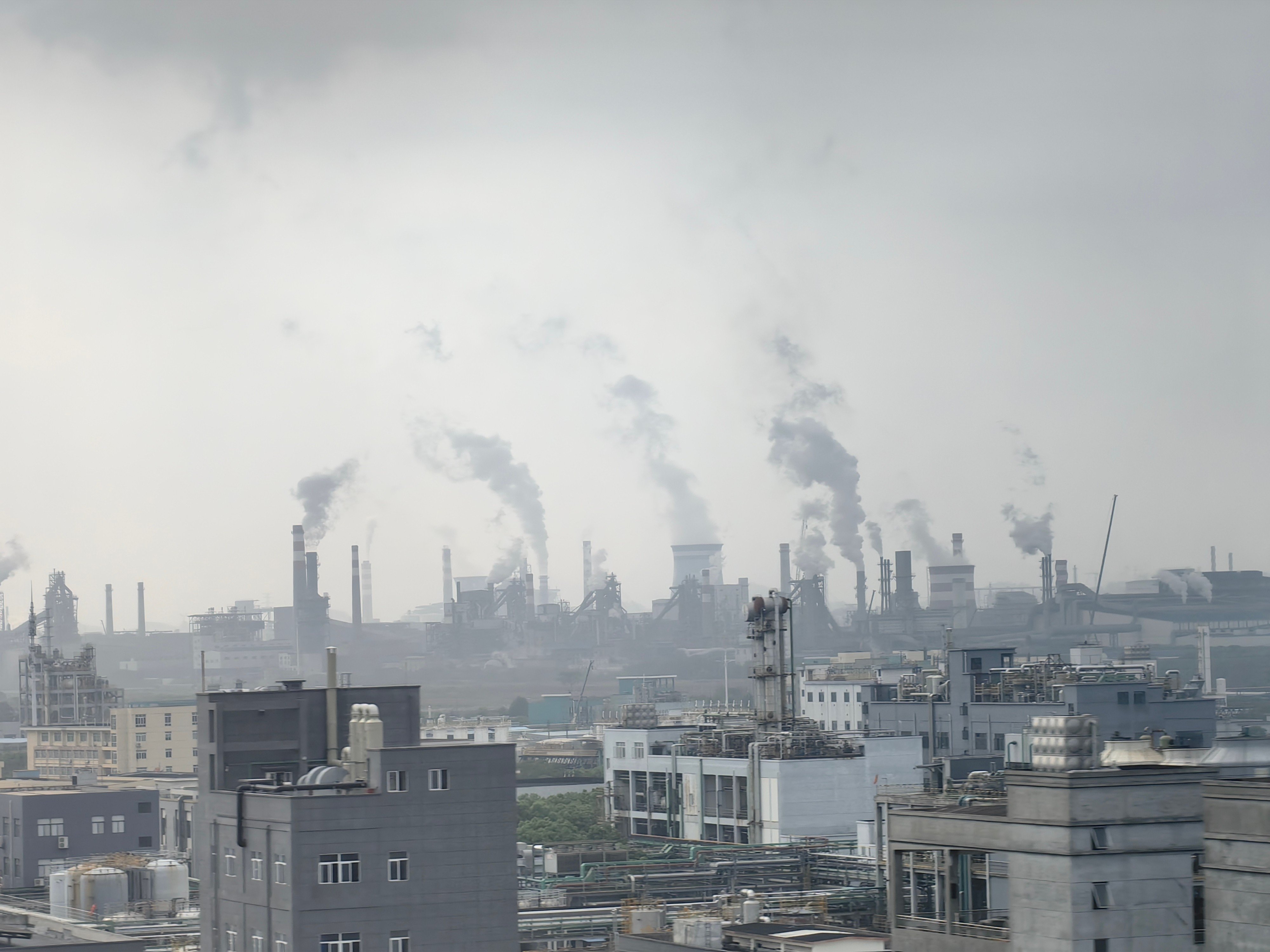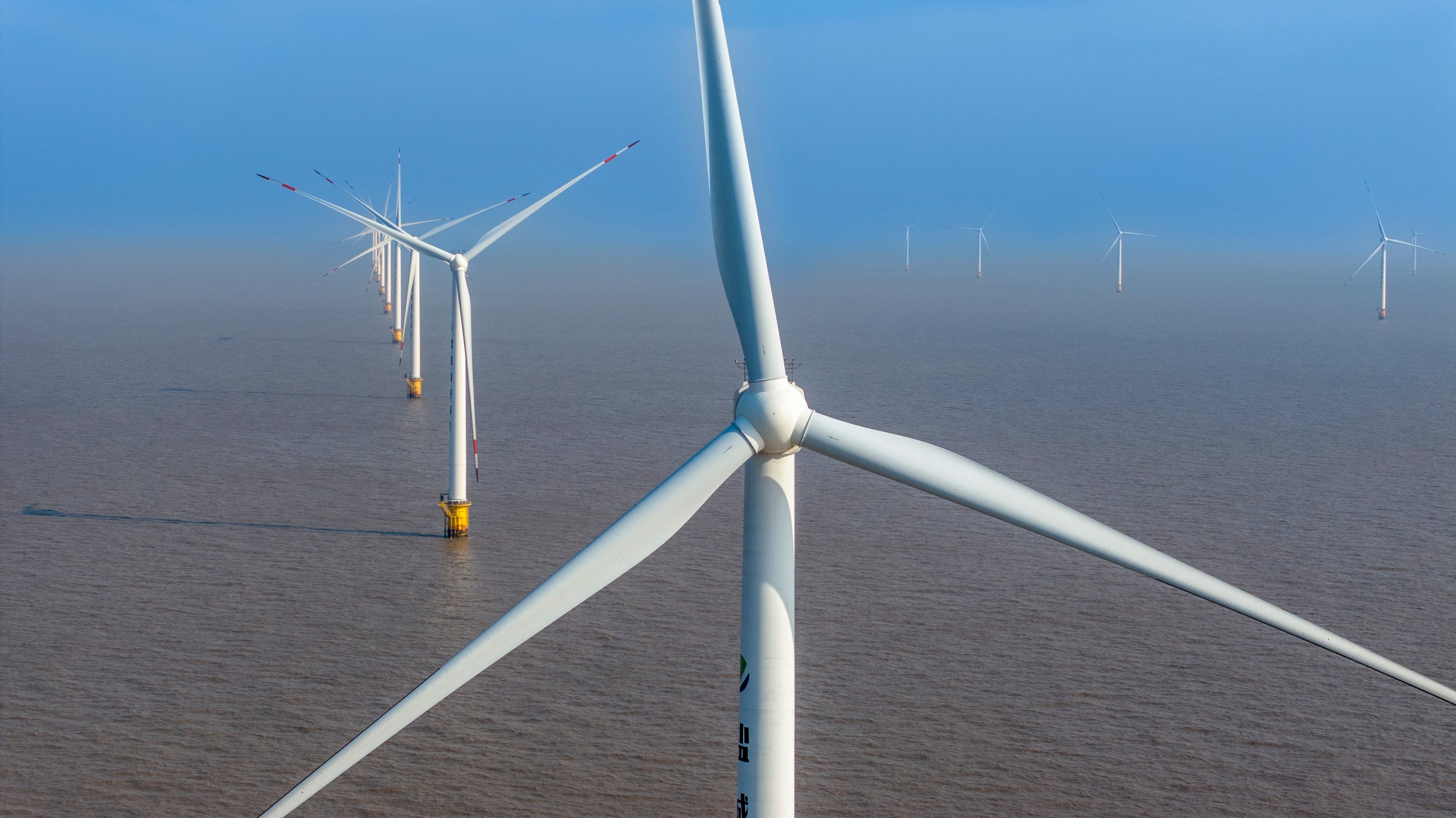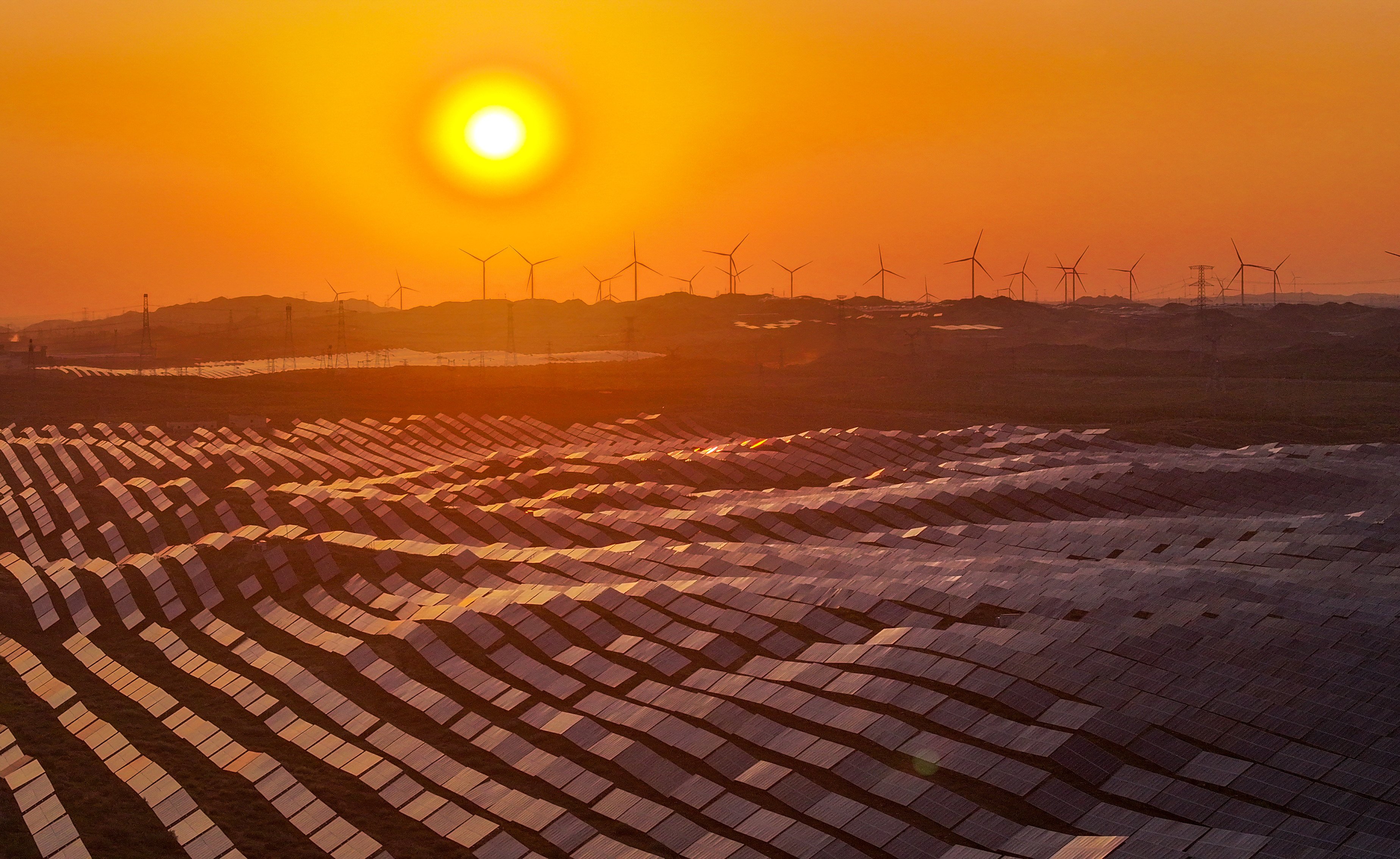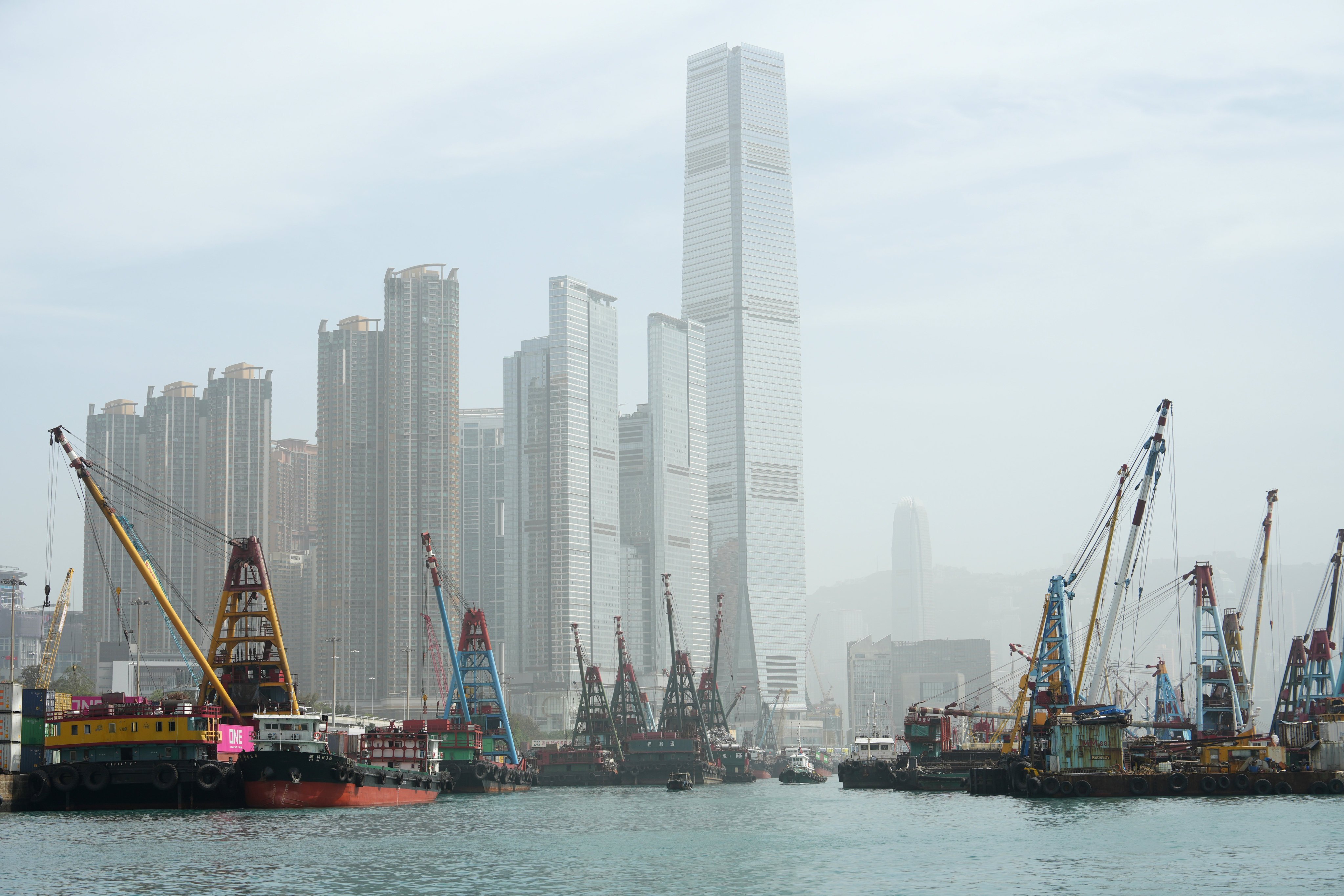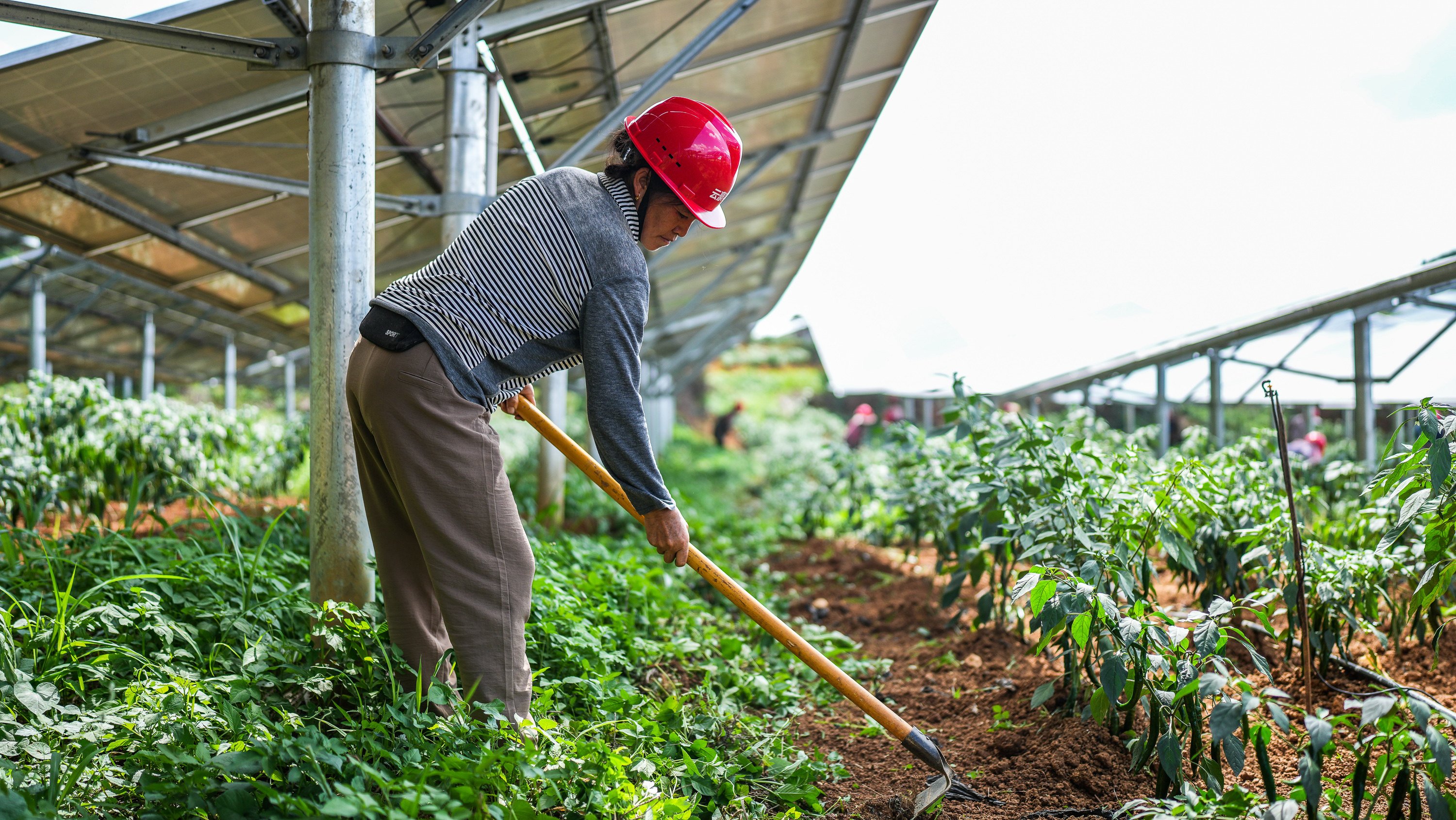TOPIC
China’s carbon neutral goal
Related Topics:
China’s carbon neutral goal
China’s President Xi Jinping pulled a surprise in September 2020 when he pledged at the United Nations General Assembly for the world’s largest emitter of greenhouse gases to reach carbon neutrality by 2060, becoming the second major economic entity to put a date on the goal. This topic covers all the news, analysis, commentary and explainers related to the goal.
Help preserve 120 years of quality journalism.
SUPPORT NOWAdvertisement
Advertisement
Advertisement
Advertisement
Advertisement
Advertisement
Advertisement
Advertisement
Advertisement
Advertisement
Advertisement
Advertisement

